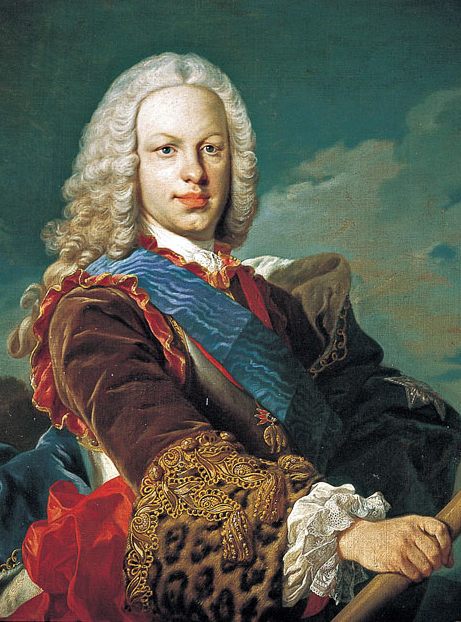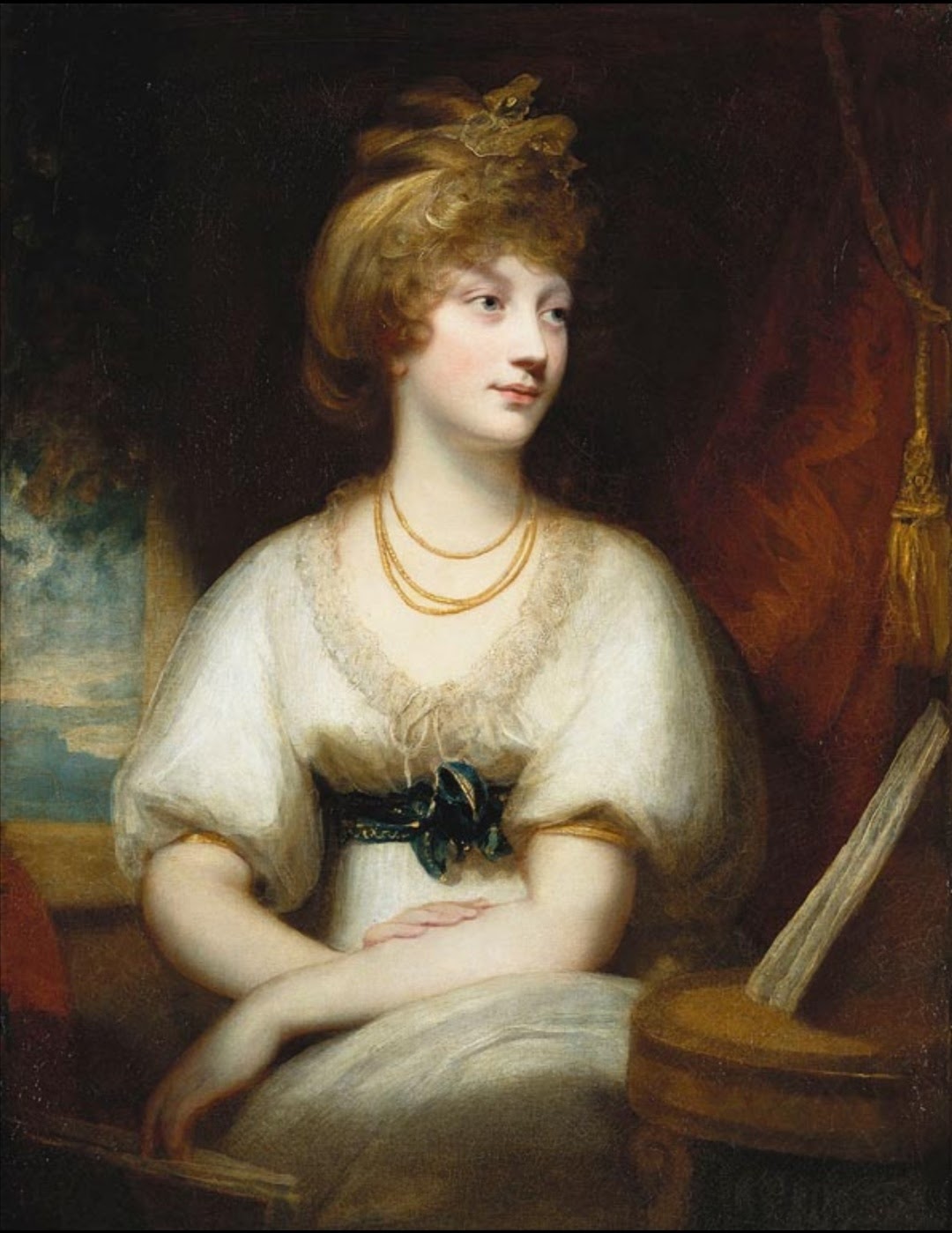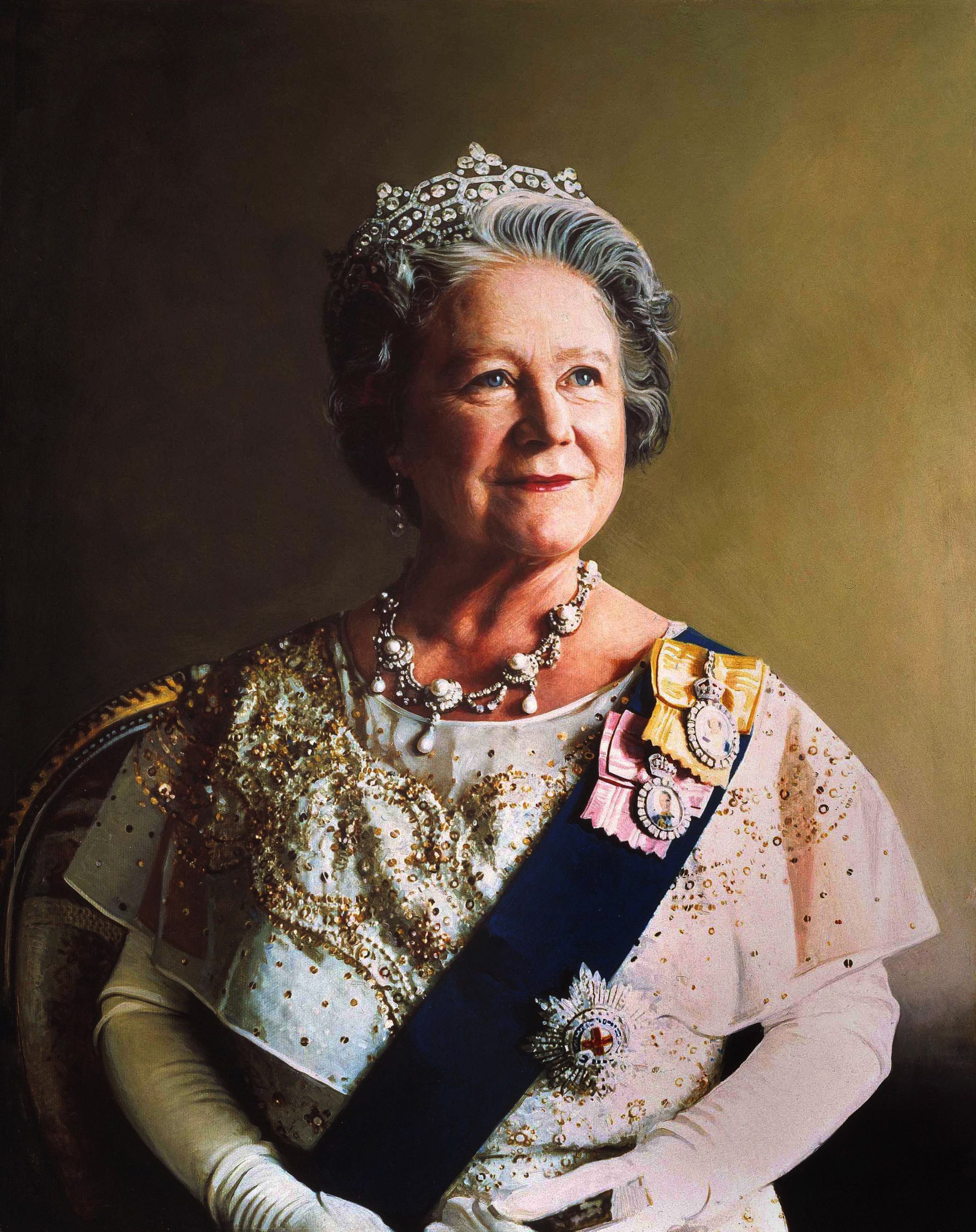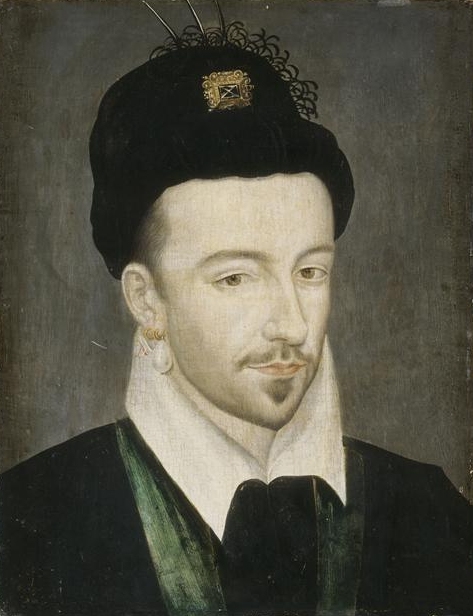© Unofficial Royalty 2023
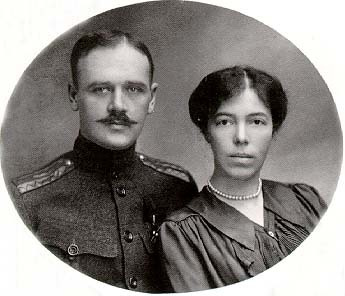
Nikolai Kulikovsky and Grand Duchess Olga Alexandrovna of Russia; Credit – Wikipedia
August 11, 1467 – Birth of Mary of York, daughter of King Edward IV of England, at Windsor Castle in Windsor, England
Mary was the second of the ten children and the second of the seven daughters of King Edward IV of England, the first King of England from the House of York, and Elizabeth Woodville. In 1481, negotiations began for a marriage between Mary and Frederik, Duke of Holstein and Schleswig (the future King Frederik I of Denmark and Norway), the youngest son of King Christian I of Denmark, Norway, and Sweden. However, at the end of 1481, Mary became seriously ill with an unknown illness and died, aged fourteen. She was interred on the north side of the altar in St. George’s Chapel, Windsor Castle in Windsor, England at the side of her younger brother George, who had died three years earlier at the age of two. Mary’s parents were interred in a tomb nearby – her father in 1483 and her mother in 1492.
Unofficial Royalty: Mary of York
August 11, 1730 – Birth of Charlotte Amalie of Hesse-Philippsthal, Duchess of Saxe-Meiningen, wife of Anton Ulrich, Duke of Saxe-Meiningen, in Philippsthal, Landgraviate of Hesse-Philippsthal, now in Hesse, Germany
In 1750, Charlotte Amalie married Anton Ulrich, Duke of Saxe-Meiningen, who was 43 years older. He had previously contracted a morganatic marriage and had ten children, but they were not eligible to succeed to the ducal throne. This marriage was solely intended to provide an heir for Saxe-Meiningen. The couple had eight children. Following her husband’s death in 1763, Charlotte Amalie was appointed the sole guardian of their sons and served as Regent of Saxe-Meiningen.
Unofficial Royalty: Charlotte Amalie of Hesse-Philippsthal, Duchess of Saxe-Meiningen
August 11, 1763 – Birth of Luise Eleonore of Hohenlohe-Langenburg, Duchess of Saxe-Meiningen, wife of Georg I, Duke of Saxe-Meiningen, in Langenburg, Principality of Hohenlohe-Langenburg, now in Baden-Württemberg, Germany
In 1782, Luise Eleonore married Georg I, Duke of Saxe-Meiningen. The couple had three children including Adelaide of Saxe-Meiningen, the wife of King William IV of the United Kingdom. In December 1803, her husband died and her three-year-old son became Bernhard II, Duke of Saxe-Meiningen. Luise Eleonore became Regent and is credited with steering the duchy through some very difficult times.
Unofficial Royalty: Luise Eleonore of Hohenlohe-Langenburg, Duchess of Saxe-Meiningen
August 11, 1863 – Birth of Ernst Gunther, Duke of Schleswig-Holstein in Dolzig, Kingdom of Prussia, now in Poland
In 1864, following the Second Schleswig War, the Duchy of Holstein and the Duchy of Schleswig became occupied territories of the German Confederation, and two years later, following the Austro-Prussian War, part of the new Prussian Province of Schleswig-Holstein. Just like his father, Prussia recognized Ernst Gunther as the mediatized duke of these two duchies, with the rank and all the titles. (mediatize – to annex monarchy to another state, while allowing certain rights to its former sovereign)
Unofficial Royalty: Ernst Gunther, Duke of Schleswig-Holstein
August 11, 1873 – Birth of Luise Charlotte of Saxe-Altenburg, Princess Eduard of Anhalt, wife of the future Eduard, Duke of Anhalt, in Altenburg, Duchy of Saxe-Altenburg, now in Thuringia, Germany
In 1895, Luise Charlotte married Eduard, the future Duke of Anhalt. They had six children but were divorced on January 26, 1918, just a few months before he succeeded to the ducal throne. Luise Charlotte spent her remaining years in Altenburg, Germany where she died in 1953.
Unofficial Royalty: Luise Charlotte of Saxe-Altenburg, Princess Eduard of Anhalt
August 11, 1958 – Death of Nikolai Alexandrovich Kulikovsky, second husband of Grand Duchess Olga Alexandrovna of Russia, at 2130 Camilla Road, Cooksville in Ontario, Canada, a suburb of Toronto; buried at York Cemetery in Toronto, Ontario, Canada
Grand Duchess Olga was in an unsuccessful marriage with Duke Peter Alexandrovich of Oldenburg when, in 1903, she saw Nikolai at a military review. It was love at first sight. Despite Olga’s continuing requests to her brother Nicholas II, Emperor of All Russia, permission for marriage was not granted until 1916. Olga and Nikolai had two sons. After the Russian Revolution, the couple and their sons lived in Denmark. After World War II, the Soviet Union notified the Danish government that Olga was accused of conspiracy against the Soviet government. Because they were fearful of assassination or kidnap attempts, Nikolai and Olga decided to move their family across the Atlantic to the relative safety of rural Canada. By 1952, Olga and Nikolai’s sons had moved away and the farm became a burden so they sold it and moved to a five-room house at 2130 Camilla Road, Cooksville, Ontario, Canada, a suburb of Toronto, where Nikolai died.
Unofficial Royalty: Nikolai Alexandrovich Kulikovsky
August 11, 1968 – Birth of Princess Mabel of Orange-Nassau, widow of Prince Friso of Orange-Nassau, born Mabel Martine Wisse Smit in Pijnacker, the Netherlands
Mabel is the widow of Prince Friso, son of the former Queen Beatrix of the Netherlands, who was critically injured in a skiing accident after being buried by an avalanche in 2012. He died eighteen months after the accident. Mabel is a prominent human rights activist and has served in leadership roles in several human rights organizations. Most notably, in 2008, she became the first CEO of The Elders, an international non-governmental organization of public figures noted as senior statesmen, peace activists, and human rights advocates founded by Nelson Mandela.
Unofficial Royalty: Princess Mabel of Orange-Nassau
This article is the intellectual property of Unofficial Royalty and is NOT TO BE COPIED, EDITED, OR POSTED IN ANY FORM ON ANOTHER WEBSITE under any circumstances. It is permissible to use a link that directs to Unofficial Royalty.

